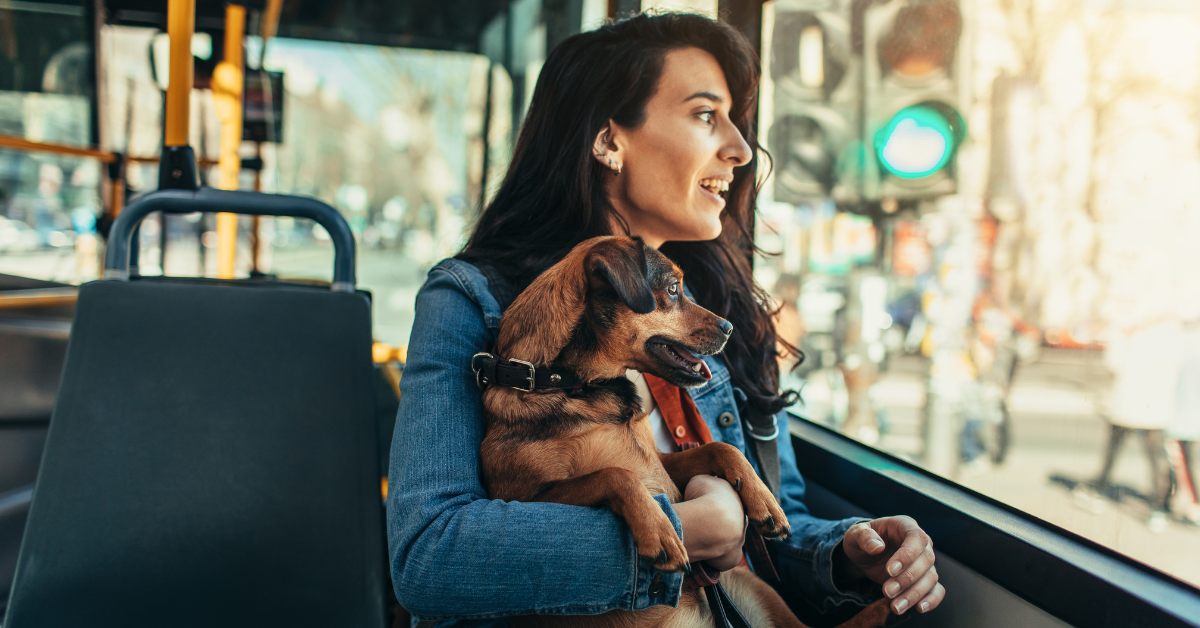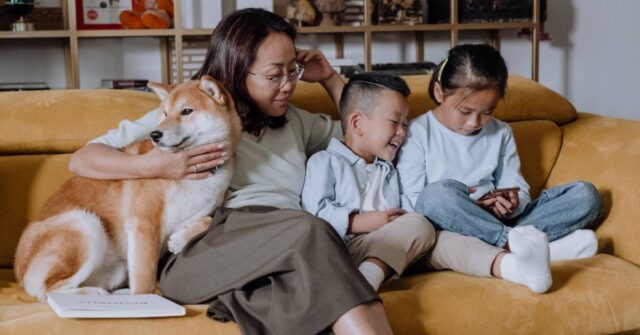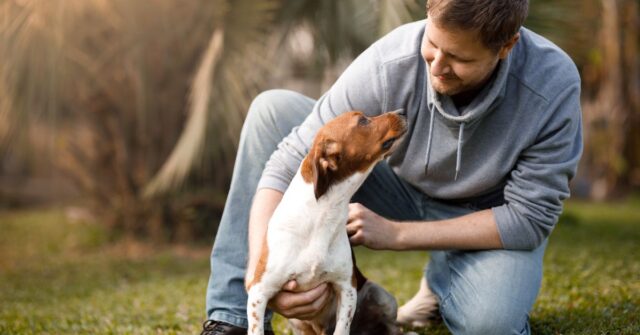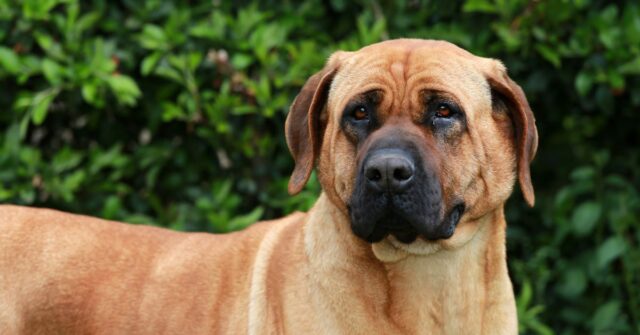Travelling with your dog on public transportation can be a convenient and enjoyable experience, but it’s important to understand the rules and guidelines to ensure a smooth journey.
This guide covers essential information for dog owners in Australia, providing detailed insights on navigating various modes of public transport with your furry friend.
General Guidelines for Public Transport
Each mode of public transport has specific rules regarding pet travel. Before embarking on your journey, research the policies of the transport service you plan to use.
These rules can vary significantly between buses, trains, ferries, and taxis. It’s crucial to know if pets are allowed, under what conditions, and if there are any additional charges.
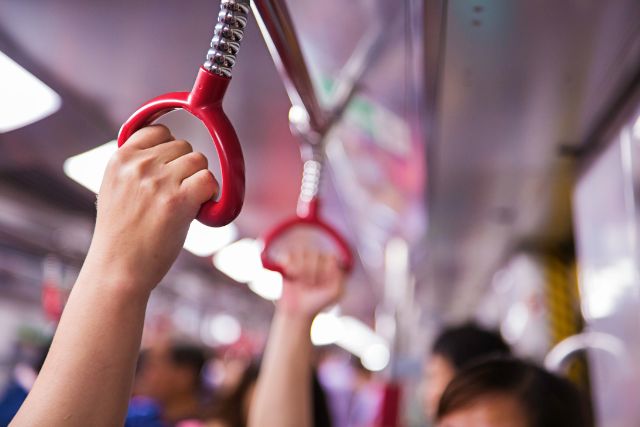

Optimal Travel Times
Travelling during off-peak hours can make the journey more comfortable for both you and your dog. Crowded environments can be stressful for dogs, so aim to travel during quieter periods.
This not only ensures more space but also reduces the likelihood of your dog becoming anxious or agitated.
Preparing Your Dog for Travel
Preparation is key to a successful trip. Ensure your dog is well-trained, socialized, and comfortable in new environments.
Carry essentials like a leash, collar, ID tag, water bowl, food, and waste bags. Additionally, it’s wise to have a blanket or dog bed to make your pet more comfortable during the journey.
Specific Modes of Transport
Travelling with your dog on various modes of public transport requires specific knowledge and preparation.
Each type of transport—be it trains, buses, ferries, or taxis—has its own set of rules and best practices. Understanding these can help you ensure a smooth and hassle-free journey for both you and your pet.
Traveling with Dogs on Trains and Subways
Most trains and subways in Australia allow dogs, but they must be either leashed or in a carrier.
Some services may have limits on the number of pets allowed per passenger or may charge extra if your dog occupies a seat. Always check the specific regulations of the train or subway service you plan to use.
Best Practices for Train and Subway Travel
When travelling by train or subway, use lifts instead of escalators to prevent injuries to your dog’s paws.
Keep your dog on a short leash and ensure they remain calm and well-behaved. It’s also helpful to carry small dogs when boarding or navigating crowded platforms.
Travelling with Dogs on Buses
Bus drivers have the discretion to allow or deny entry to dogs. Small dogs in carriers are typically permitted, while larger dogs need to be leashed and sometimes muzzled.
Check if there are any fees associated with bringing your dog on the bus and the maximum number of dogs allowed.


Best Practices for Bus Travel
When taking your dog on a bus, sit in designated areas if available and ensure your dog does not occupy seats meant for passengers.
Keep your dog close to you, either on your lap or on the floor next to you, and avoid rush hours to reduce stress.
Travelling with Dogs on Ferries
Many ferry services offer kennels for dogs or allow them to stay in vehicles during the trip. Check if you need to pre-book a space for your dog and whether there are any additional fees.
It’s essential to keep your dog hydrated and avoid travelling in extreme heat.
Best Practices for Ferry Travel
On ferries, ensure your dog is comfortable and has enough water. If your dog stays in the car, keep the windows slightly open for ventilation.
Alternatively, use the ferry’s kennel facilities if available, especially on warm days to prevent overheating.
Travelling with Dogs in Taxis / Ride Share
Taxi and ride-share policies on pet travel vary widely. Some companies allow pets, while others do not.
It’s best to contact the service provider beforehand to confirm their rules and any extra charges that might apply.
Best Practices for Taxi Travel
When travelling by taxi, make sure your dog is clean and calm. Use a harness or carrier to secure your dog and prevent any distractions to the driver.
Having a towel or blanket can help keep the taxi clean and make your dog more comfortable.
Preparing Your Dog for Travel
Preparing your dog for travel involves more than just packing their essentials. It includes getting them accustomed to the sounds and movements they will encounter on public transportation.
Practice taking short trips to build their confidence and comfort level. Make sure they are familiar with their carrier or harness, and reward them for calm behaviour during these practice runs.
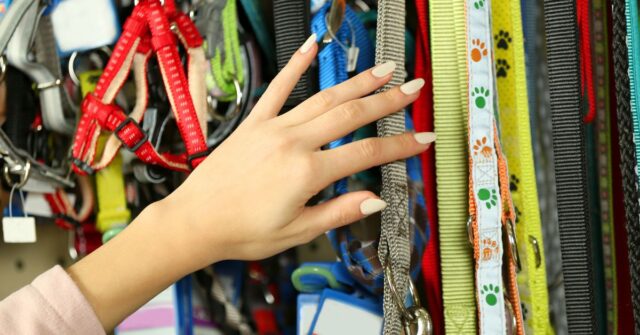

Essential Items to Carry
Always carry essential items such as a leash, collar with ID tag, water bowl, food, treats, toys, and a blanket or dog bed.
These items will help keep your dog comfortable and hydrated during the journey. Also, ensure your dog’s microchip details are up to date in case they get lost.
Health and Safety Tips
Before travelling, make sure your dog is healthy and has had recent bathroom breaks. Avoid feeding your dog just before the trip to prevent motion sickness.
Carrying a first aid kit for your dog can also be helpful in case of any minor injuries or health issues during the journey.
Special Considerations
When travelling with your dog, there are special considerations to keep in mind.
These include understanding the specific needs of different breeds, as some may be more prone to anxiety or physical discomfort.
Additionally, consider the length of your journey and make appropriate preparations, such as planning for breaks and ensuring access to water and food.
Traveling with Service Dogs
Service dogs are legally allowed on all forms of public transport and are not subject to the same restrictions as pets.
Ensure your service dog is clearly identifiable with a harness or vest, and carry documentation if required by the transport provider.
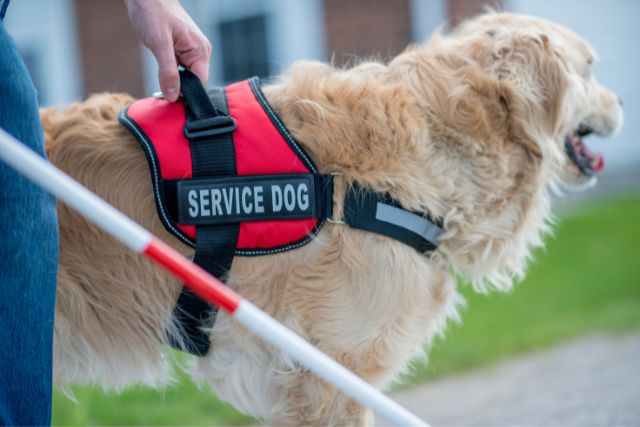

Travelling with Emotional Support Animals (ESAs)
Emotional Support Animals do not have the same legal protections as service dogs.
Check with the transport provider to understand their specific policies regarding ESAs, as some may require additional documentation or have restrictions on where the animal can travel.
Common Challenges and Solutions
Travelling with a dog can present common challenges, such as dealing with motion sickness, managing potty breaks, and ensuring your dog behaves well in crowded or confined spaces.
Solutions include using motion sickness remedies, planning bathroom breaks in advance, and bringing familiar items to comfort your dog.
Training and positive reinforcement can also help address behavioural issues.
Dealing with Large Dogs and Limited Space
Travelling with large dogs can be challenging due to space constraints.
If possible, choose transport modes that offer more space or travel during off-peak hours. Ensure your dog is well-behaved and does not obstruct other passengers.
Handling Dog Anxiety and Agitation
Some dogs may become anxious or agitated during travel. To help calm your dog, use familiar items like their favourite blanket or toy.
Practice short trips beforehand to acclimate your dog to the transport environment. Additionally, using calming sprays or treats can help reduce anxiety.
Respecting Other Passengers
Be mindful of other passengers who may not be comfortable around dogs. Keep your dog close to you, avoid letting them wander, and ensure they are not disruptive.
If your dog is prone to barking, use training techniques to keep them quiet during the journey.
Top Tips for a Smooth Journey
For a smooth journey, plan ahead and stay organized. Double-check that you have all the necessary items and documents.
Monitor your dog’s behaviour and comfort throughout the trip, and be prepared to make adjustments as needed.
Engage your dog with toys or treats to keep them occupied and calm. Always be considerate of other passengers and ensure your dog remains well-behaved.


Before You Leave
Ensure your dog has had a bathroom break, is well-fed, and is wearing a collar with an ID tag. Pack all necessary items and check the specific transport rules to avoid any surprises.
During the Journey
Keep your dog close to you, either on a leash or in a carrier. Use calming techniques to keep your dog relaxed and offer water regularly.
Be prepared for any unexpected situations by having a first aid kit on hand. Reward your dog with treats and affection for good behaviour during the trip.
After the Journey
Once you arrive at your destination, give your dog time to adjust and relieve themselves. Check for any signs of stress or discomfort and address any issues promptly.
Conclusion
Travelling with your dog on public transportation can be a hassle-free experience if you follow the proper guidelines and prepare in advance.
By understanding the specific rules and ensuring your dog is comfortable and well-behaved, you can enjoy stress-free journeys together.

